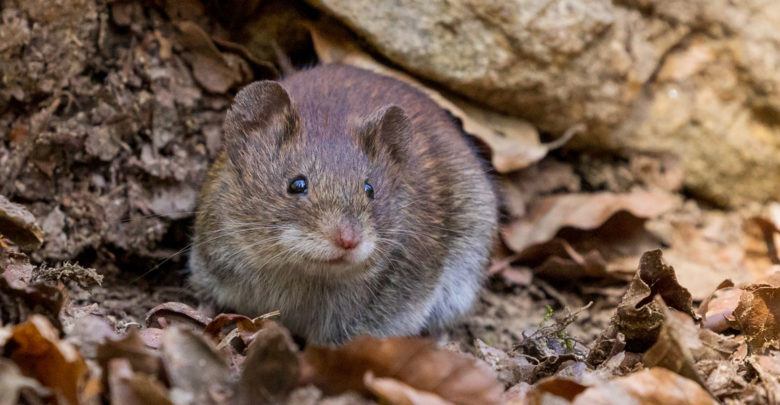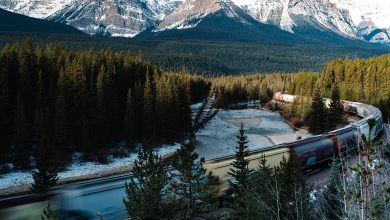 Zdeněk Macháček on Unsplash
Zdeněk Macháček on UnsplashA recent study by U of A researchers suggests that the environmental impacts of industry in the Boreal forests of northeastern Alberta have a neutral effect on deer mice and red-backed voles living in the region.
Samples of these small mammals, who serve as seed dispersers and prey, were taken from areas of high noise, traffic, and other human activity and compared to samples from farther into the undeveloped boreal forest region. From the data collected, it was concluded that there is a likely chance that the above factors of industry have little to no effect on population dynamics among deer mice and red-backed voles.
This study is important, as these little creatures play an important role in the boreal forest ecosystem, which faces threats on multiple fronts by industrial parties. Logging is the most obvious threat as the reduction of trees in the forest leads to a shrinking of available habitats for animals that rely on the woods. This includes not just large mammals such as lynxes and coyotes but also many species of birds such as owls and hawks. The mining and oil and gas industry present similar threats as areas of the forest must be clear cut in order to get at the resources below the surface.
Not that the deer mice care. Deer mice are nocturnal and tend to make nests out of plant materials which they usually locate in trees. However, they would be just as happy to move in under a logging or mining camp. They might get crushed by the odd piece of equipment, but I’m sure they’ll bounce back just fine.
Another threat that is often overlooked is hydroelectric dams on rivers in the region. These dams can block migratory fish from their spawning grounds disrupting not only the life of the fish but also the many creatures downstream that rely on the ecological event that this migration entails. Additionally, backed up water upstream from the dam can remove great amounts of productive habitat for animals such as caribou and wolves as water floods past the original banks of the river.
The salmon might be mad that the path to their spawning grounds are blocked up, but the red-backed vole won’t lose sleep. They feed on roots and berries — seafood is not on their menu. In fact, this will be a nice break for these two rodents. Sure, the breakdown of the food chain due to rampant habitat destruction will drive their predators towards extinction, but it will spell clear skies for deer mice and red-backed vole alike (overpopulation problem? What overpopulation problem?). Flooding rivers: the choice industrial product of forest rodents everywhere.
It’s nice to know that even as industry eats away at the largest forest in North America, the deer mouse will continue on strong. Better yet, creeping influence of industrialization in the boreal forest will create a utopia without predators for the red-backed vole. It really makes you wonder, why didn’t all animals evolve to thrive under the iron fist of human expansion?




